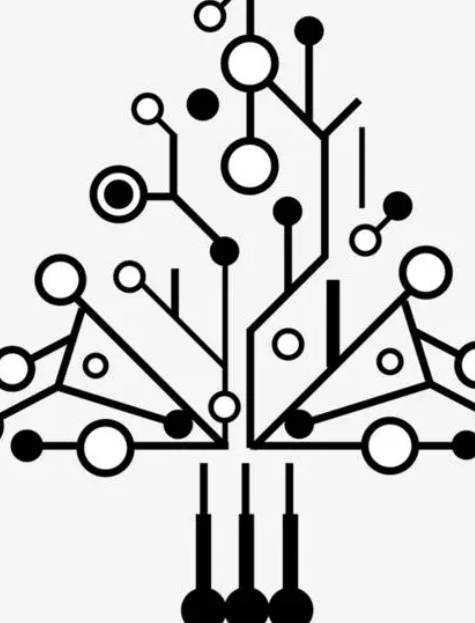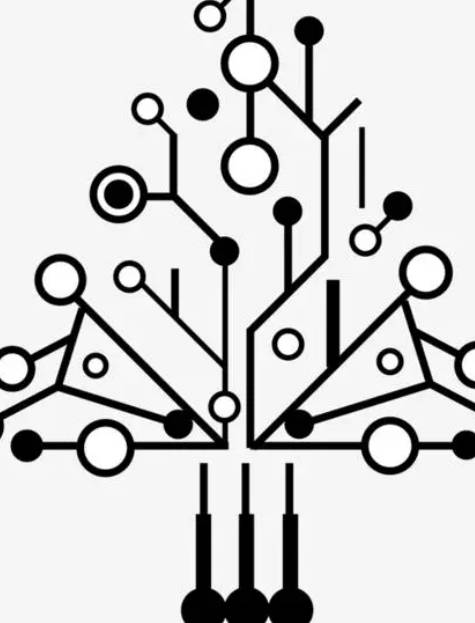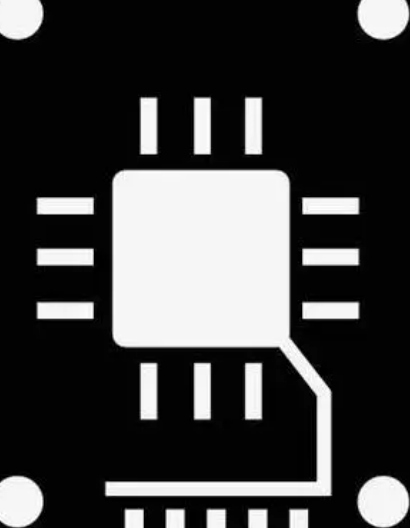
With the smaller and smaller PCB size requirements and higher and higher device density requirements, PCB design is becoming more and more difficult. How to achieve PCB high spread rate and shorten the design time, in this author to talk about PCB planning, layout and wiring design skills.
Before starting the wiring, the design should be carefully analyzed and the tools and software should be carefully set up, which will make the design more in line with the requirements.
1. Determine the number of PCB layers
The size of the circuit board and the number of wiring layers need to be determined at the beginning of the design. The number of wiring layers and STack-up mode will directly affect the wiring and impedance of printed lines. The size of the board helps determine the pattern of layering and the width of the printed line to achieve the desired design effect. At present, the cost difference between multilayer plates is very small, and it is better to use more circuit layers and make the copper evenly distributed at the beginning of the design.
2. Design rules and restrictions
To successfully complete the wiring task, wiring tools need to work within the correct rules and constraints. All signal lines with special requirements should be classified. Each signal class should have a priority. The higher the priority, the stricter the rules. The rules involve the width of printed lines, the maximum number of holes through, parallelism, the interaction between signal lines, and the limits of layers. These rules have a great impact on the performance of wiring tools.
Careful consideration of design requirements is an important step in successful wiring.
3. Layout of components
During optimal assembly, design for manufacturability (DFM) rules restrict component layout. If the assembly department allows the components to move, the circuit can be optimized for automatic wiring. The rules and constraints you define affect the layout design. The automatic wiring tool considers only one signal at a time. By setting the constraints of the wiring and setting the layers of the deployable signal lines, the wiring tool can be used to complete the wiring as envisioned by the designer.
For example, for the layout of power cables:
In PCB layout, the power decoupling circuit should be designed near each related circuit, rather than placed in the power supply part, otherwise it will affect the bypass effect, and will flow pulsating current on the power line and ground wire, causing interference;
For the power supply direction inside the circuit, power supply should be adopted from the last stage forward stage, and the power filter capacitor of this part is arranged near the last stage.
For some major current channels, such as to disconnect or measure the current during debugging and testing, current notches should be arranged in the printed wire during layout.
In addition, we should pay attention to the regulated power supply in the layout, as far as possible arranged in a separate printed board. When the power supply and circuit are used together in the printed board, in the layout, the voltage regulator should avoid mixing the power supply and circuit components or making the power supply and circuit common ground.
Because this wiring is not only prone to interference, but also unable to disconnect the load during maintenance, only part of the printed wire can be cut, thus damaging the printed board.

4. Fan out design
During the fan-out design phase, each pin of the surface-mount device should have at least one through-hole so that the board can be made for inner connections, in-line testing, and circuit reprocessing when more connections are needed.
In order to maximize the efficiency of the automatic wiring tool, it is necessary to use the largest hole size and printed lines possible, with an interval of 50mil being ideal. Use the hole type that maximizes the number of routing paths. After careful consideration and prediction, the design of online circuit testing can be carried out at the early stage of design and realized at the later stage of production process.
The type of through-hole fan out is determined based on the wiring path and circuit online testing. Power supply and grounding also affect the wiring and fan out design.
5, manual wiring and key signal processing
6. Automatic wiring
For the wiring of key signals, it is necessary to consider the control of some electrical parameters during wiring, such as reducing the distributed inductance, etc. After understanding the input parameters of automatic wiring tools and the influence of input parameters on wiring, the quality of automatic wiring can be guaranteed to a certain extent.
General rules should be applied in the automatic wiring of signals. By limiting the layers and the number of holes to be used for a given signal by setting limits and forbidding areas, the wiring tool can automatically route the signal according to the engineer's design. After the constraints are set and the rules created are applied, the automatic wiring will achieve similar results as expected, and after part of the design is completed, it will be fixed to prevent it from being affected by the subsequent wiring process.
The amount of wiring depends on the complexity of the circuit and the number of common rules defined. Today's automatic wiring tools are very powerful and usually complete 100% of the wiring. However, when the automatic wiring tool does not complete all signal wiring, the remaining signals need to be routed manually.









